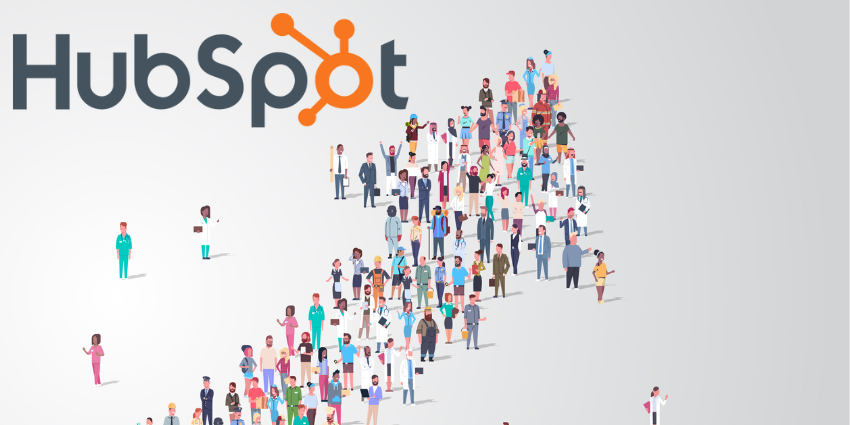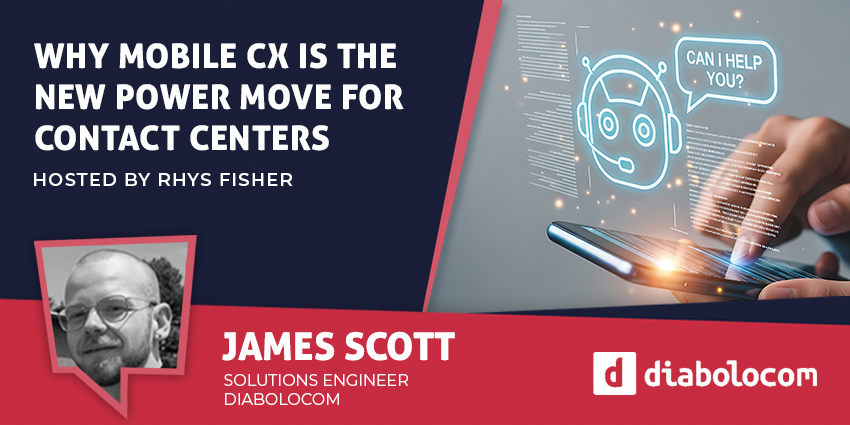In the rush to modernize, many enterprises are discovering that the road to digital transformation is full of more twists and turns than your average Formula 1 track.
Unsurprisingly, despite the industry hype, modernization has proved to be far trickier than many anticipated.
The contact center, in particular, has become a battleground of cloud-first messaging, aggressive vendor roadmaps, and ambitious AI promises.
However, while the pandemic accelerated adoption and innovation, it also underscored a harsh reality: modernization doesn’t have to mean moving at someone else’s pace.
As Miguel Angel Marcos, VP of Operations at Enghouse Interactive, puts it:
“During the pandemic, organizations learned very quickly that agility was critical. But perhaps more slowly, they are learning that control and compliance are non-negotiable.”
That sentiment reflects a growing reality in the enterprise CX space. While many organizations rushed to the cloud over the last few years, the dust is now settling, and so too is a more measured, pragmatic approach.
According to Marcos, recent research shows that after the initial surge of migration, nearly 50% of organizations remain cautious about moving fully to the cloud:
The truth is that many businesses want to modernize and improve customer experience, but not all of them want to do it at the same pace or in the same way.
The Pace of Change and the Power of Choice
It’s nice to have choices.
You wouldn’t want to turn up at a restaurant and find there’s only one thing on the menu. Equally, it wouldn’t be much fun if you rocked up to your local cinema only to discover that they’re showing the same film all day, every day.
The same thing is true for enterprises. Legacy investments, regulatory requirements, and internal workflows often mean a one-size-fits-all approach simply isn’t viable.
Instead, they need a wider array of deployment choices from CX vendors so they can choose their own path and control their own journey to modernization rather than being stampeded.
Marcos explains that for some customers, “going fully CCaaS is completely fine, we offer that.” Others, however, “can’t or don’t want to move everything to the cloud.
“For them, modernization can still happen on-premises, with full AI and CX functionality.”
He highlights that hybrid models are increasingly becoming the bridge between traditional infrastructure and the cloud, with more and more customers layering in AI capabilities in the cloud, while keeping their core systems on-premises.
“It’s the best of both worlds; enabling innovation without disrupting business continuity,” he explains.
For example, a government contact center may retain on-premises systems for data sovereignty reasons but integrate AI-driven quality management and analytics from the cloud.
Others are running specific campaigns or BPO operations on cloud platforms while maintaining in-house control over core technologies.
Marcos stresses:
The important thing is that customers can modernize at their own pace, in their own way, without compromise.
Flexibility First
The principle of flexibility and “modernizing on your terms” is at the heart of Enghouse’s approach.
Marcos is clear that the company’s technology strategy is built around interoperability, not rigid migration paths.
“Choosing shouldn’t mean losing,” he says. “Framing everything as ‘cloud or nothing’ oversimplifies the message and forces compromises.
Whether you’re on-premises, private cloud, hybrid, or full CCaaS, you can get the same robust CX capabilities: AI, analytics, omnichannel, and so on.”
Enghouse’s mindset aligns with a broader industry shift.
Enterprises are increasingly wary of vendor lock-in and are prioritizing open architectures that let them evolve as their business needs change.
The future, Marcos suggests, lies in giving organizations the freedom to adapt, not forcing them into a predefined roadmap.
Modernization That Starts Where You Are
So, what practical steps can enterprises take to begin this kind of modernization journey?
For Marcos, it starts with incremental innovation rather than wholesale change.
With AI available across cloud, hybrid, and/or on-premises environments, Marcos suggests that many companies could begin by leveraging their existing on-premises setup to start experimenting with AI integrations.
In doing so, they will gain a sense of what the tech can and can’t deliver for them, without having to make a significant decision that could be difficult to reverse.
He points to Enghouse’s AI-driven quality management tools as an example of “hugely practical” modernization.
These solutions offer voice-of-the-customer analytics and agent interaction insights, which are designed to help contact center leaders better understand service quality and customer sentiment.
“That’s the kind of innovation that drives value right away,” Marcos says. “It helps you improve customer experience today, without committing to a full-scale migration.”
Beyond Cloud Hype
While the market narrative often positions cloud as the only path forward, Marcos cautions that this can create unnecessary friction for many enterprises.
“True modernization should be about balancing innovation with business continuity,” he says.
It’s not all cloud or nothing. It’s about interoperability, flexibility, and avoiding vendor lock-in, enabling organizations to evolve on their own terms.
That idea resonates strongly across the enterprise CX landscape. As digital ecosystems grow more complex, the winners will likely be those who blend agility with stability — modernizing intelligently, not reactively.
In other words, the future of CX isn’t just about how fast you move. It’s about moving smart — and making sure that when you do, you’re the one setting the pace.
You can hear more insights from Miguel by checking out this exclusive interview with CX Today.
You can also pick up more tips on how to spot AI that actually delivers by checking out this buyer’s guide.







